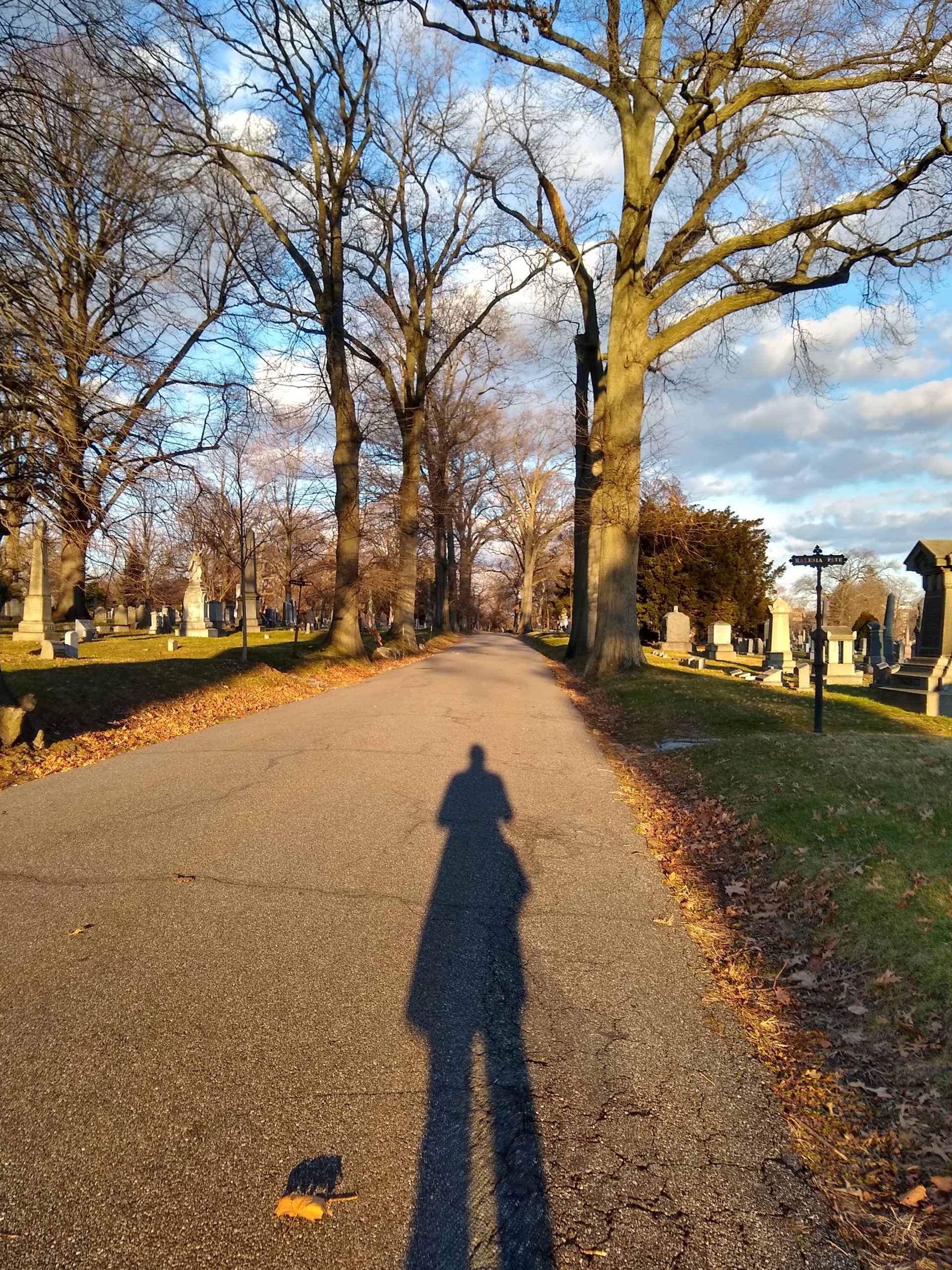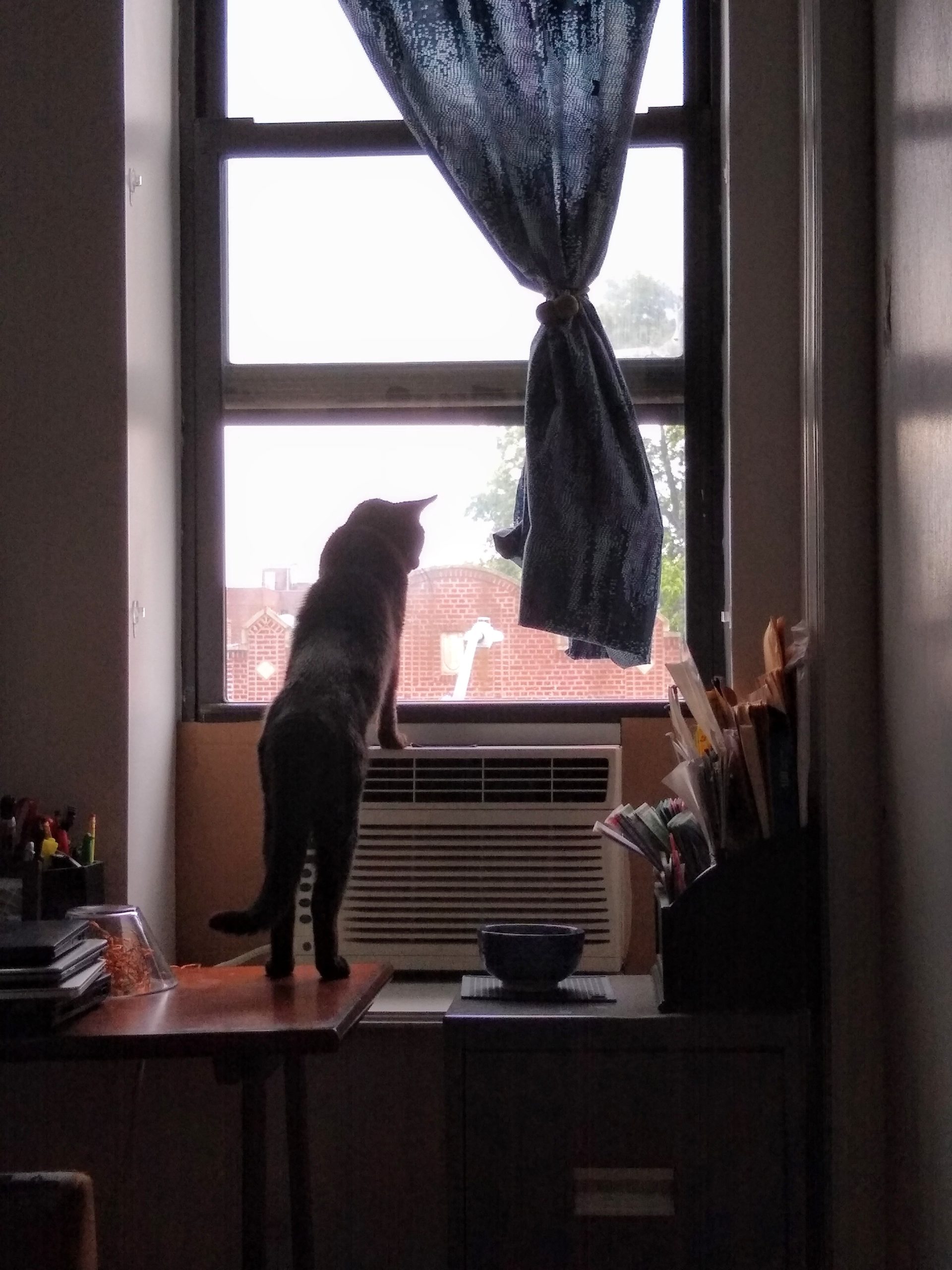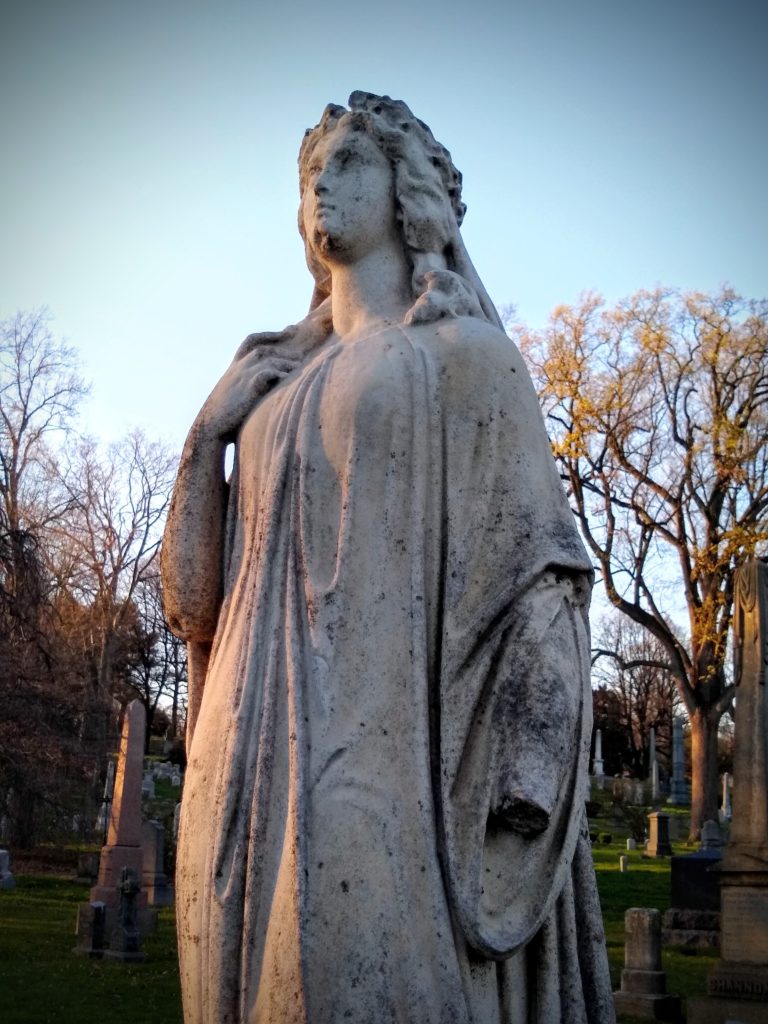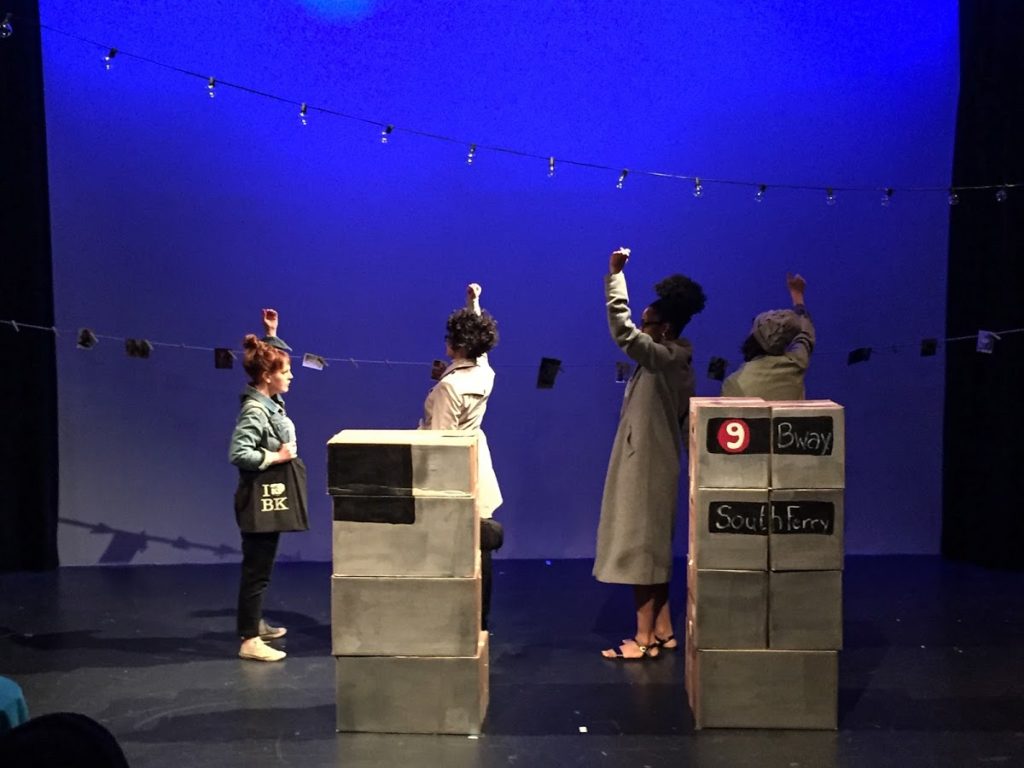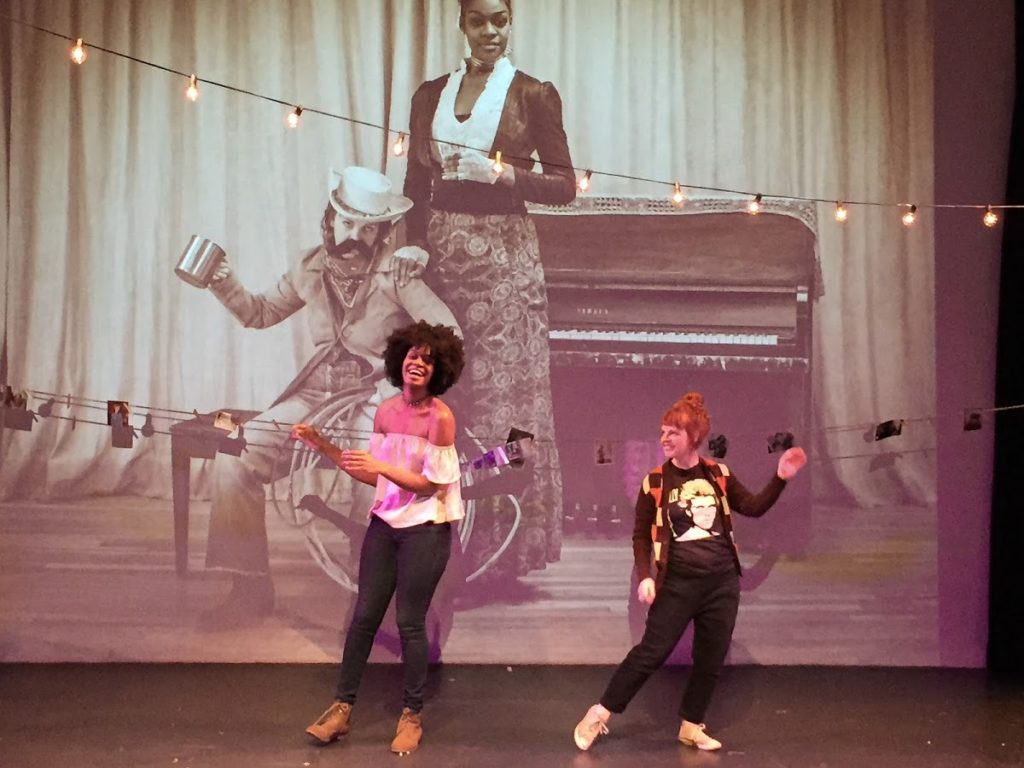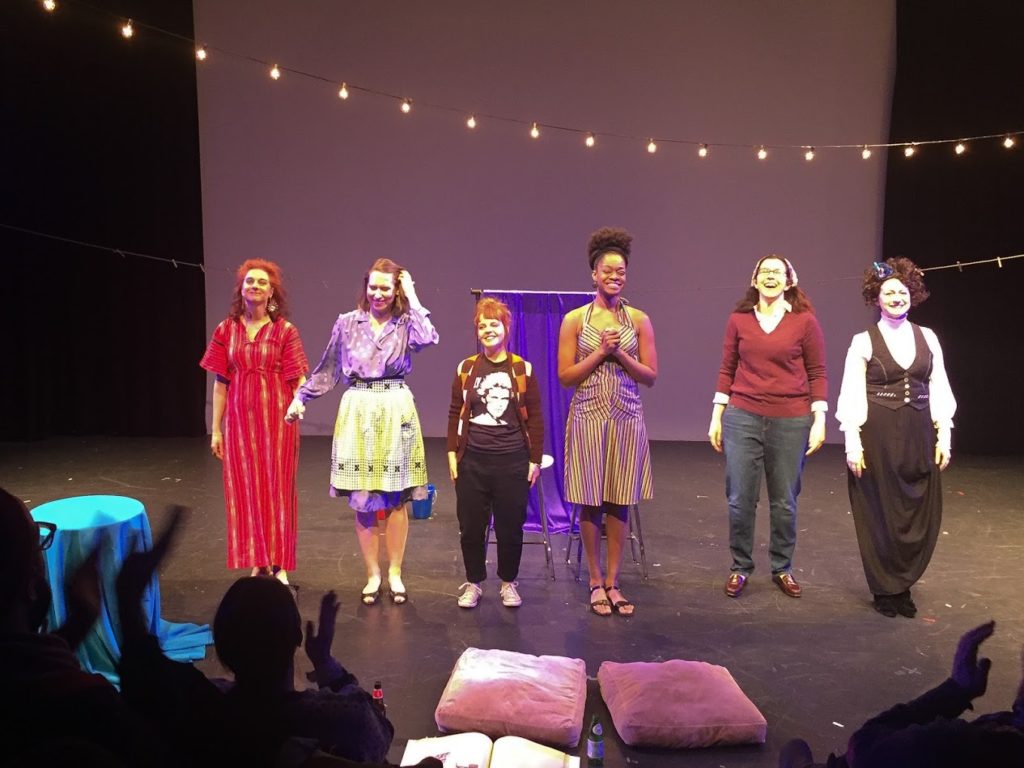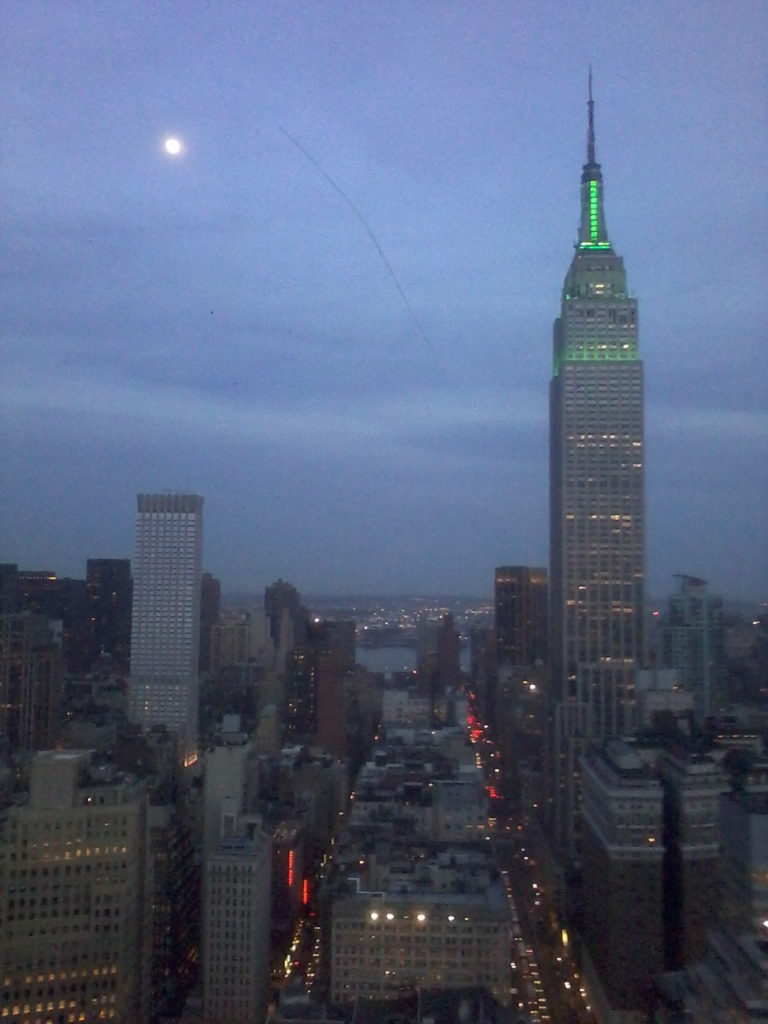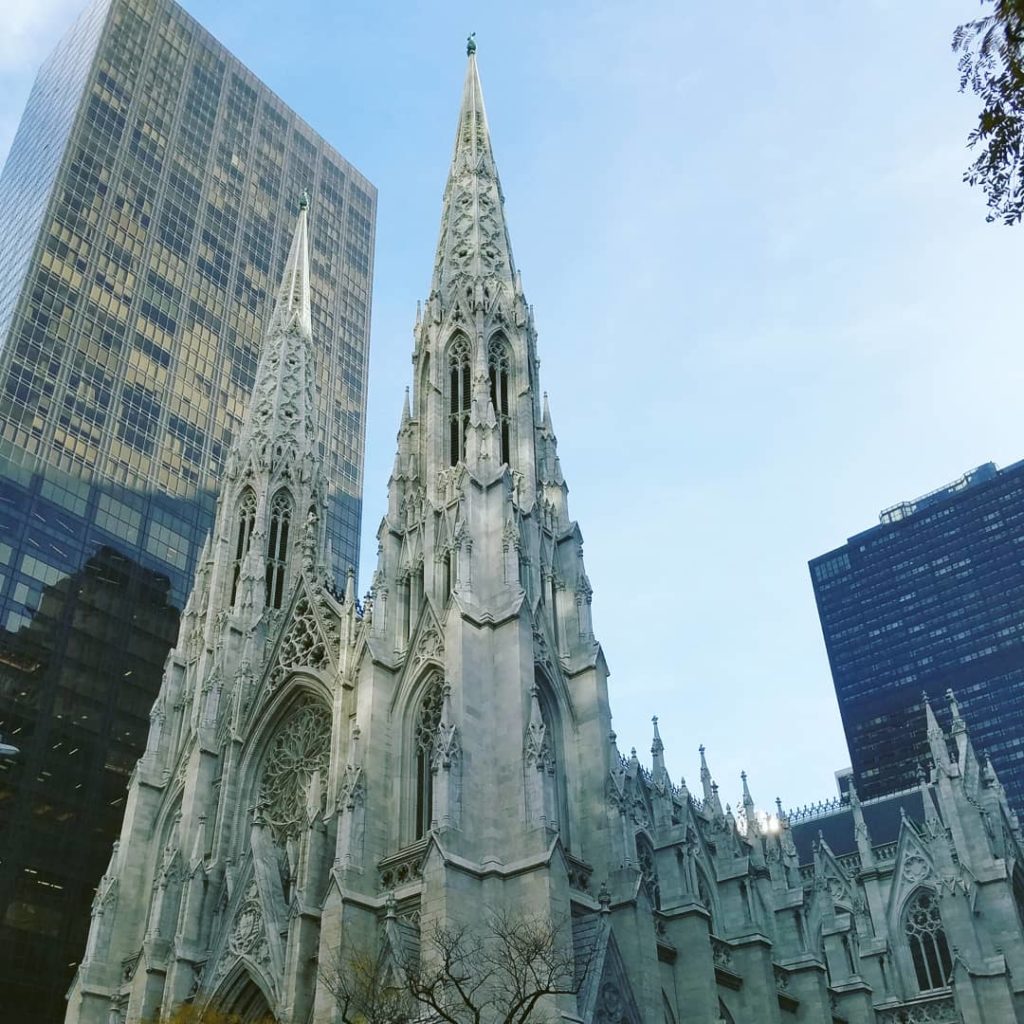“Being naturalized to place means to live as if this is the land that feeds you, as if these are the streams from which you drink, that build your body and fill your spirit. To become naturalized is to know that your ancestors lie in this ground. Here you will give your gifts and meet your responsibilities.”
– Robin Wall Kimmerer, Braiding Sweetgrass
There is a cemetery in my neighborhood and I spend a lot of time in it. I don’t work there; I’m not a goth teenager or a CSI detective. I go there because it’s quiet and there are trees and very few other humans – living ones anyway. I go there to read the names of the dead and whisper them out loud as I walk.
When I slip through the cemetery gates there is a sigh. Audible only to me under my mask, it’s an exhale of relief at the hush, the profound depth of silence that greets me. Funny that I should want to escape from noise when so much of the buzz of pre-pandemic life has been muted. The sounds that punctuate my work-at-home existence are decidedly few and mostly white noise, a droning orchestra composed of refrigerator whir, radiator clank, laptop grind – the latter slicing its fan blades through the dusty air of my apartment like great stones at a mill pulverizing dust into dust, air into thinner air. At the cemetery the air feels lightweight, somehow less work to breathe in. I move through it easily, without any of the vigilant planning that goes into a trip to the laundromat, a grocery run, or riding the subway these days.
Everyone at the cemetery is seeking exercise or solitude or communion with the dead. For me it’s solitude; the paths are wide enough that I can avoid anyone, even when my foggy brain is distracted by worry or the beauty of a particularly elaborate headstone. This is what I want: to drop my guard, abandon any sense of social obligation. Being able to choose my path, to slow down for a closer look or run fingers over cold stone, feels…luxurious. Indulgent. So I visit a lot – more so now I know that my family is here.
I first met that family last year on Boxing Day, when I searched out the headstone marked “Kibbell”, squinting at a printed cemetery map with the wind cutting through my winter layers. The sun was already dipping low in the sky; I could have waited until the next day, but instead I rushed, pulling on a jacket and hat as if I was running to meet long-lost relatives in the flesh instead of in the ground. My hurrying felt ridiculous – they’re not going anywhere, and if they’ve waited this long for me to come, why not another day? But no – I was seized by sudden joy, at once foreign and thrilling. The ancestral link had been made by a cousin whose genealogical research revealed that someone in the family had emigrated from England to Brooklyn in the mid-1800’s. Green-Wood Cemetery, just minutes from my apartment, has an online tool to look up the names and birth/ death dates of its residents. I typed in the vitals and threw my head back at the result, a joyful half gasp/ half laugh jolting through me: finally, a reason to feel at home in Brooklyn. Finally, a way to feel fully American.
I am American-born but my parents are not. They arrived here from England in the 1960’s, drawn across the Pond by a job for my father and the broad spectrum of opportunity it promised. My mother, always a willing taker of chances who said YES and why not, bravely accepted what must have felt like a huge risk to the closeness of her family as well as her independence. At the time, she and my father had only been married a year.
Once in the States, my parents learned, adapted, settled, but stopped short of becoming fully Americanized. They kept their English passports and never naturalized as citizens. They “went home” every summer for an extended visit and once I was born, so did I. As a child, these visits meant parties in my Aunty’s back garden, trips to museums and the theater on the Tube (marveling at how my mother’s familiarity with its architecture never seemed to fade with time or distance), and the knowledge that I was part of a vast network of cousins – an instant gift of belonging for this only child. I returned from England each summer with an odd transatlantic accent and a bifurcated identity that was just a taste of what my parents felt every day. I began to see the US as they did: with appreciative puzzlement and occasional scorn, a kind of double vision with one eye theirs and the other my own.
Over the course of my growing up we moved around quite a bit, occupying five houses, four cities, three states, and two coasts. I felt some degree of attachment to all the places we lived, but never rooted in any of them, the tethers of my identity fastened firmly to people rather than land. I resisted answering the question “Where are you from?” lest I display insufficient knowledge of the place I named. I am still chasing that rootedness, even in England where my relatives live and so many I love are buried, where the weave of family stories wraps me tight, where half my life ago I stood at my mother’s memorial in a cruel season that nearly ground me to dust.
So this news that I have ancestors buried in Brooklyn is a twist I did not see coming. It seems that a great-great-great-uncle of mine emigrated to the US 112 years before my parents landed at San Francisco airport. Similarly lured by opportunity, Benjamin and Edith Kibbell left London in 1855 and settled in Brooklyn. According to public records, they were married in Whitechapel, an area of East London not far from where the Kibbles (there is historical debate over the spelling) who are my direct ancestors originated. Newspaper clippings and obituaries indicate that Benjamin worked in “the print” (as my Cockney grandparents called publishing), by the end of his life achieving some renown and leaving behind an entirely American line of descent.
Is this what it feels like to belong here, to feel authentically American? Robin Wall Kimmerer doesn’t say “belong to a place” – a phrase that holds a certain inevitability, the faintest hint of fate in its flavor on the tongue. Instead she says “become naturalized”, the same words used to describe an immigrant becoming a citizen. Still, it’s unusual because “natural” in other contexts means “native”, a condition you’re either born to or not. How do you “become” from a place? Perhaps you remake yourself in its image, sculpting a doppelganger from its materials, carefully choosing or discarding parts of the person you were in the old place. As a newcomer you quickly learn which parts are desirable and which to leave behind. You learn new jokes, new cultural references, and the old ones you store deep in a pocket and take out when you’re alone or with your immediate family. You create a seed pod, a closed family unit with a hard hull, where your children learn alongside you what it means to be different and what it means to belong.
A seed, with its protective coating, is designed to be transported anywhere without harm to its interior. But seeds are also made to be planted, and what if the new place welcomes you, draws you into its soil with a kind of belonging you didn’t have back home? What if you find new family there, the kind you choose and who choose you in return – do you have a right to say “I am from here”, even if the flesh of your heart was forged in a different womb? Maybe you earn that right when you immerse yourself in the life of a place, make an offering that says:
Take this flesh that runs with my blood and accept it into the body of your earth; let it decay and nourish the things that grow from here. I give myself, my family, the future of my rotting bones. I choose this as the place where descendants will visit me, where strangers will brush dirt from my headstone and pronounce my name aloud
in a whisper.
On a recent visit to the cemetery a towering pine tree reached out to me, its long springy branch descending from 30 feet up all the way down to where I could touch it. I would swear that it saw me approach and, with a boost from a gust of wind, swayed downward, beckoning for my hand. I didn’t hesitate or look to see if anyone saw what I was doing. Instead I kept walking until our two limbs met, completing the circuit from roots to trunk to branch to my extended arm straight through my body and back into the earth. I thought of Robin Wall Kimmerer, how she encourages a kinship with the earth and its offspring: the plants, animals, even the rocks. She points out how the earth takes care of us, reminds us to ask permission for what we need, and to say thank you. Her tradition, from the Potawatomi Nation, is to leave an offering of tobacco in thanks for anything she takes from the land. My eyes immediately went to the floral arrangements, real and artificial, left by mourners, as well as the sacred objects placed in observance of traditions from all over the world. After more than 25 years in New York, I am still getting to know this place. But if they can belong here, so can I.
